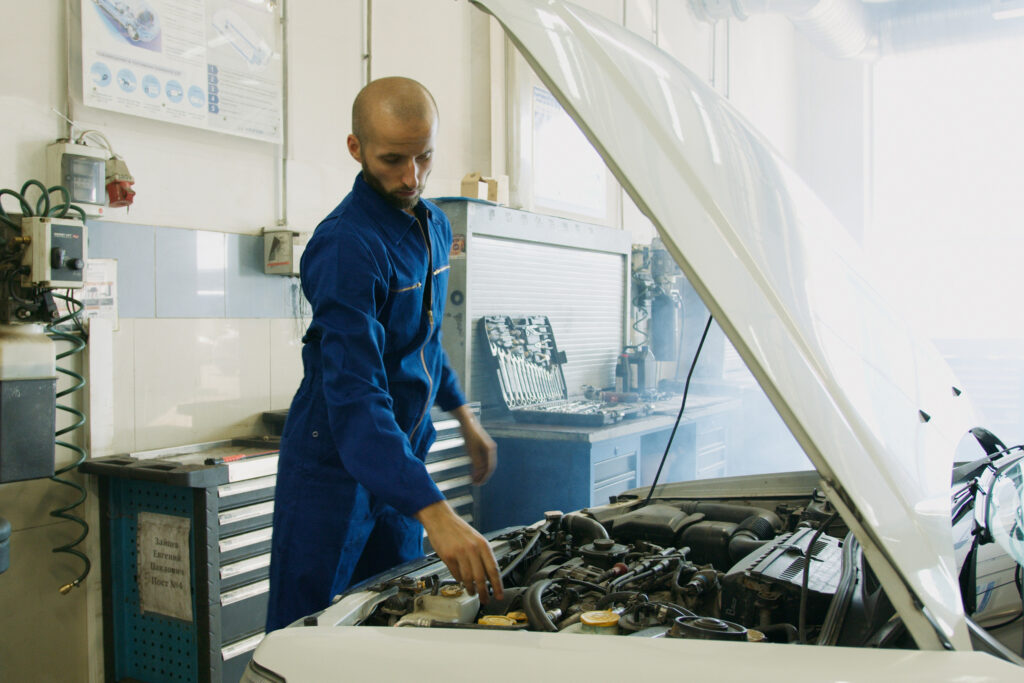Things You Need To Know About Electronic Stability Control (ESC)
Did you know that electric cars have many similar parts and technology to conventional gas-powered vehicles? Electric vehicles share components such as tyres, wheels, brakes, steering components, suspension, and infotainment systems, with only a few enhancements to ensure they are compatible with electric motors. In fact, modern cars usually include an onboard computer system or chip that improves comfort, drivability, and safety. The onboard computer utilizes sophisticated algorithms to monitor the car’s internal systems and the surrounding environment.
Electronic stability control (ESC) is a great example of an electric component and system that helps maintain stability in challenging road conditions, like slippery surfaces. If you’re a car enthusiast, I would recommend exploring the Koni online shop for more information.
What Causes Vehicles to Slip and Slide?
Loss of grip is a frequent factor behind accidents occurring on major highways. While vehicles generally maintain stability at lower speeds, they become increasingly vulnerable at higher speeds, particularly on slippery surfaces like wet, icy, or muddy roads. Lack of traction primarily results in either oversteering or understeering, causing the car to spin or maintain a straight trajectory, respectively.
What is the Role of the ESC?
The electronic stability control system employs sensors to identify instances where the car exhibits excessive rolling or leaning, or when the tires begin to lose traction. In such situations, the system automatically activates the brakes on specific wheels in order to restore stability. This safety feature, known as ESC, is widely available in numerous vehicles in the United Kingdom. It is important to note that while the ESC system in your car may be in proper working order, the overall effectiveness of the system can be influenced by the condition of the vehicle’s suspension and tires.
Let’s compare Oversteer vs Understeer. Understeer is safer than Oversteer. If the car understeers and no correction is made, the result is a wider corner than intended. The car remains stable. If the car oversteers, the turn made has a smaller radius than intended. Pretty much all modern cars are deliberately engineered to understeer before they oversteer.
The ESC functions optimally when both your tires and suspension system are in good condition. It analyzes and decides which tire to apply brakes to and at what level of force, assuming that the tire has adequate traction for braking and steering. However, if your tires or suspension system are not in optimal condition, the vehicle may skid dangerously during the execution of corrective measures. This is why regular and timely maintenance is crucial. Prior to driving, it is important to always inspect your tire pressure, treads, and overall condition.
Shock absorbers play a crucial role in ensuring a smooth and safe ride. They are an essential component
Shock absorbers play a crucial role in maintaining stability by effectively absorbing road irregularities and ensuring optimal tire contact with the road surface. They contribute to both the absorption of road imperfections and the provision of sufficient traction. Typically consisting of coil springs and viscous oil, shock absorbers utilize the compression of the springs to absorb bumps and unevenness on the road. Additionally, the oil enables a controlled recoil, preventing excessive bouncing and ensuring a smooth return to the original position. Through this coordinated operation, shock absorbers optimize both ride comfort and tire grip.
Worn shock absorbers are ineffective in keeping the tire in contact with the road, which results in inadequate support when the electronic stability control (ESC) system is activated. Insufficient traction renders the ESC ineffective, significantly increasing the likelihood of the vehicle skidding.
You may already be aware of this, but it is important to note that shock absorbers, like other components, deteriorate over time. As your vehicle’s shock absorbers age, they become less effective and responsive compared to when they were new. This is due to the gradual loss of viscosity in the hydraulic fluid used within the shock absorbers, resulting from consistent compression and usage. As a result, The hydraulic fluid weakens, causing it to flow through the coil springs and compartments more quickly than necessary.







